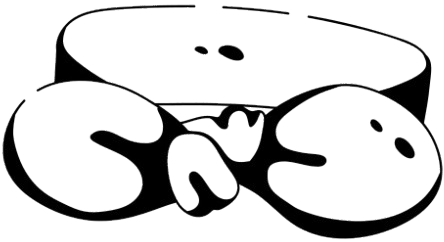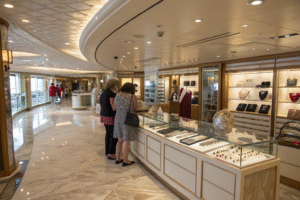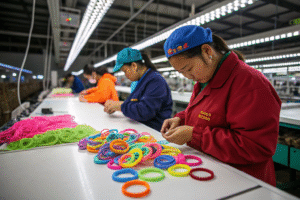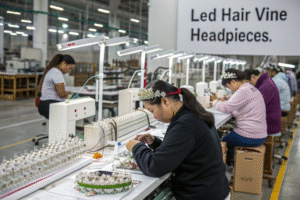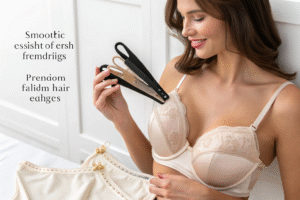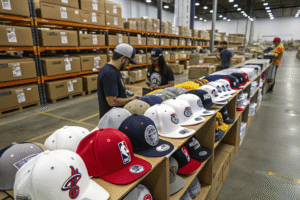Launching a new hair accessory line or refreshing an existing collection is thrilling—but also full of decisions. From materials to molds, styles to sizes, it’s easy to get overwhelmed. For brands and retailers, the smartest partnerships are with factories that help shape product ideas before a single item is made.
Hair accessory factories offering free design consultations reduce development time, cut sampling costs, and help buyers turn vague ideas into market-ready bestsellers. These services aren’t just for big brands anymore—startups, online sellers, and boutique buyers now rely on them to stay competitive.
At HairAcc, we've made free design consulting a cornerstone of our OEM service. Here’s why it gives buyers like you a real edge.
How Do Free Consultations Accelerate Product Development?
Speed is everything in today’s fashion accessory market. Waiting weeks to finalize a design drains momentum and increases the risk of missing trend windows. That’s where free consultations come in.
A professional design consultation speeds up decision-making on shape, materials, printing, and packaging—reducing sampling rounds and minimizing back-and-forth.

What Happens During a Factory Design Consultation?
In our factory, a typical consultation includes reviewing inspiration images, selecting similar styles from our catalog, and proposing optimized design structures that meet cost and function goals. We offer material swatch books and 3D previews using CAD tools so buyers can visualize outcomes before production.
The goal is to simplify choices and confirm details upfront: clip shape, size, tension, print technique, and accessories like rhinestones or bows. This reduces back-and-forth and accelerates sample approval timelines.
Can This Benefit Small Buyers Too?
Absolutely. Even buyers with small MOQs need design help. For example, an Etsy seller may only need 500 headbands, but still wants input on what print method is best: heat transfer vs. screen printing. Our team gives this same level of care without charging consultancy fees—because we believe better design leads to smoother production.
How Does Factory Input Improve Product Functionality?
Pretty doesn’t always mean practical. A claw clip may look perfect on paper—but if the tension is off or the size is wrong, it won’t sell. That’s why good factories don’t just design—they advise.
Experienced accessory factories combine design flair with technical insights, helping clients avoid products that break, slip, or disappoint end-users.

What Technical Advice Do Designers Provide?
At HairAcc, we assess how designs perform during real use. For instance, some buyers want large clips with pearl decor—but plastic types can snap if the claw teeth are too thin. We advise switching to reinforced resin or adjusting curvature.
We also use wear tests on dummy heads to measure grip, pressure, and wear comfort—helping prevent returns and negative reviews once products hit the market.
What Design Elements Often Need Adjustment?
Common examples include switching glue for stitching on thick fabric bows, revising clip openings to fit various hair thicknesses, or resizing tiaras for adult vs. child wearers. These fixes come from trial and past client feedback. That’s the advantage of consulting with a factory that’s handled over 10,000 accessory SKUs.
How Does Design Support Reduce Sampling Costs?
Sampling is a hidden cost center in accessory development. Multiple rounds of failed samples mean wasted money and lost weeks. Good consultations prevent that.
By guiding clients on materials and construction during design, factories reduce costly sampling iterations and speed up the first-approval rate.

How Can Consultation Lower Sample Development Costs?
We help buyers avoid expensive embellishments that add little value or suggest cost-efficient packaging solutions. For example, switching from velvet box packaging to eco polybags with hang tags can reduce unit cost by $0.20—without affecting retail value.
When buyers request custom molds, we simulate designs using 3D prototyping tools so they can approve details before tooling investment. This prevents errors that would force remolds.
What Are Common First-Sample Success Tips?
Use reference photos, specify measurement ranges, and talk to our team about finish preferences. Our consultants translate those into factory-friendly specifications. This boosts your chances of getting the first sample right—and keeps your launch on time.
How Does Free Design Service Support Brand Identity?
In crowded marketplaces like Amazon or Instagram, your accessory line must stand out. That doesn’t just mean good products—it means brand cohesion.
Free design consulting supports brand identity by aligning hair accessory aesthetics, logos, colors, and themes into one consistent product vision.

How Do Factories Help Express Brand Style?
Our consultants review your logo, audience profile, and market niche. Whether you’re building a romantic Parisian vibe or minimalist athletic look, we suggest compatible textures, shapes, and add-ons—like satin vs. matte finishes—that bring your story to life.
We also provide digital mockups with Pantone matching to ensure color consistency across SKUs. This is crucial for gift sets, subscription boxes, or influencer lines.
Can This Help Emerging Brands Compete?
Definitely. Many clients are just launching their brand. By working with our free consultation service, they get the look of a professional product line without hiring expensive freelancers. We also support private label packaging so they can ship directly to customers with branded polish.
Conclusion
Design isn’t a luxury—it’s the difference between a product that sits and one that sells. That’s why partnering with a factory offering free design consultations gives you more than production—it gives you direction.
At HairAcc, we’ve helped hundreds of brands create signature claw clips, headbands, veils, and more from just a sketch or an idea. Whether you're scaling an e-commerce line or pitching a retail buyer, we’re here to co-create—without charging a dime for creative input.
